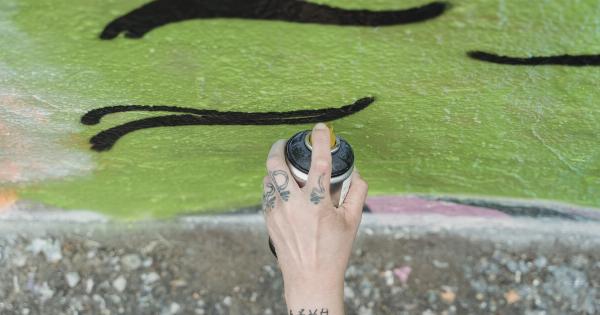Taking the perfect photo can be a challenge, but with the right techniques, equipment, and mindset, you can capture stunning images every time.
Whether you’re an amateur photographer or a seasoned pro, these 11 tips will elevate your photography skills to the next level.
1. Understand Composition
Composition is the foundation of a great photograph. Experiment with the rule of thirds, leading lines, symmetry, and other compositional techniques to add depth and interest to your images.
Remember, a well-composed photograph is visually pleasing and draws the viewer’s attention.
2. Use Natural Light
Natural light is photography’s best friend. Whenever possible, take advantage of soft, diffused lighting conditions, such as during the golden hour (the period shortly after sunrise or before sunset).
Avoid harsh midday sunlight, as it can create unflattering shadows and blown-out highlights.
3. Learn to Control Exposure
Understanding exposure is crucial for capturing well-balanced photos. Master the exposure triangle – aperture, shutter speed, and ISO – to achieve the desired level of brightness and sharpness in your images.
Experiment with different settings to find the perfect exposure for each scene.
4. Use Tripods and Stabilization Techniques
To eliminate camera shake and capture crisp, clear photos, use a tripod or other stabilization techniques. This is particularly important in low-light situations or when using slower shutter speeds.
Invest in a sturdy tripod and explore remote shutter release options for even greater stability.
5. Don’t Be Afraid to Experiment with Angles
Get creative with your perspective and don’t be afraid to shoot from unconventional angles. Crouch, climb, or lie down to capture unique and intriguing images.
Changing your viewpoint can dramatically transform an ordinary scene into an extraordinary photograph.
6. Make Use of Negative Space
Negative space refers to the empty or unoccupied areas around the main subject of your photo. Utilizing negative space effectively can elevate the impact of your subject and create a more visually appealing composition.
Experiment with minimalist photography and give your subject breathing room.
7. Pay Attention to Details
Small details can make a big difference in photography. Take the time to carefully frame your shot, ensuring there are no distracting elements in the background or foreground.
Pay attention to sharpness, focus, and depth of field to achieve a professional look.
8. Post-Processing Techniques
In the digital age, post-processing has become an integral part of photography. Familiarize yourself with editing software like Adobe Lightroom or Photoshop to enhance your photos.
However, strive for a balanced approach, avoiding excessive editing that may make your images look artificial.
9. Capture Candid Moments
While posed photos have their charm, candid moments often evoke genuine emotions and tell compelling stories. Keep your camera ready and practice capturing people in their natural element.
Be patient and observant; the perfect candid shot may present itself when you least expect it.
10. Learn to Use Different Focal Lengths
Experimenting with different focal lengths can significantly impact the mood and composition of your photos.
Wide-angle lenses are ideal for capturing expansive landscapes, while telephoto lenses are perfect for isolating subjects and capturing details from a distance. Familiarize yourself with your lenses and their capabilities.
11. Develop Your Unique Style
While learning from others is essential, developing your unique style is equally important. Experiment with different genres of photography and techniques to find what resonates with you.
This process takes time, but it will help you create a portfolio that reflects your individuality and artistic vision.





























